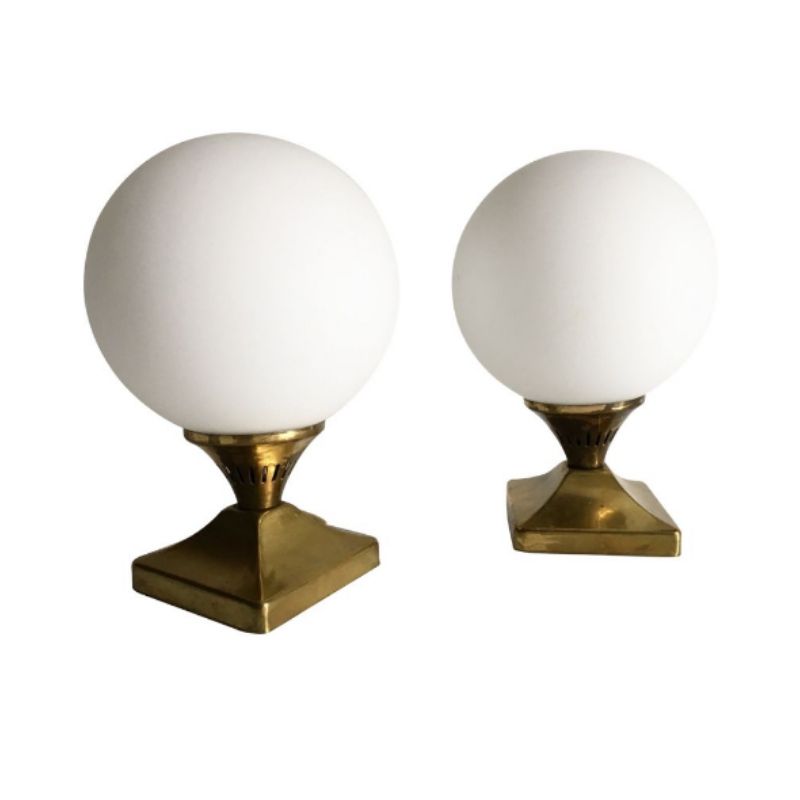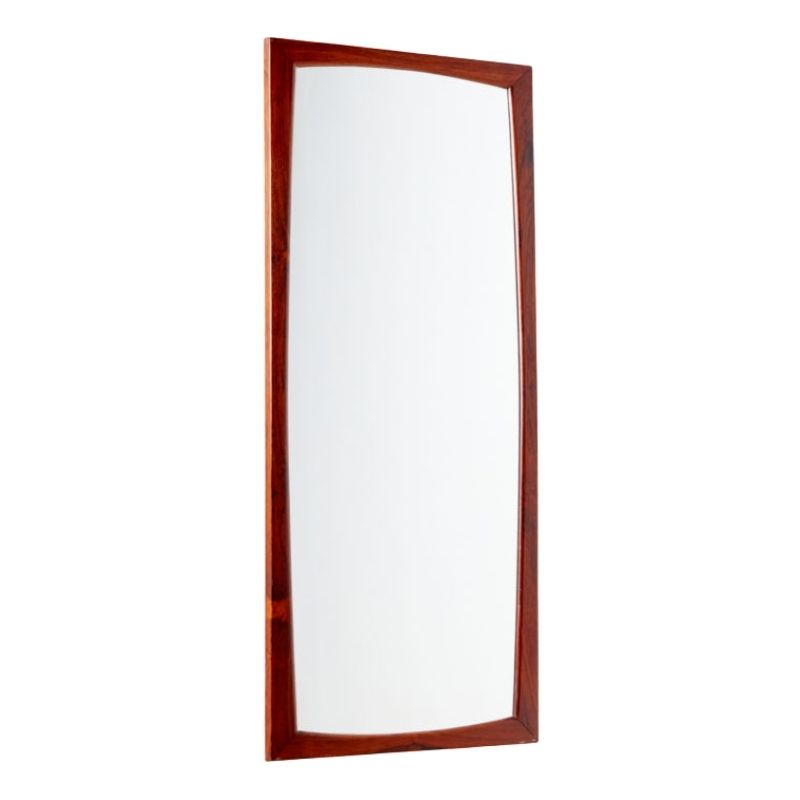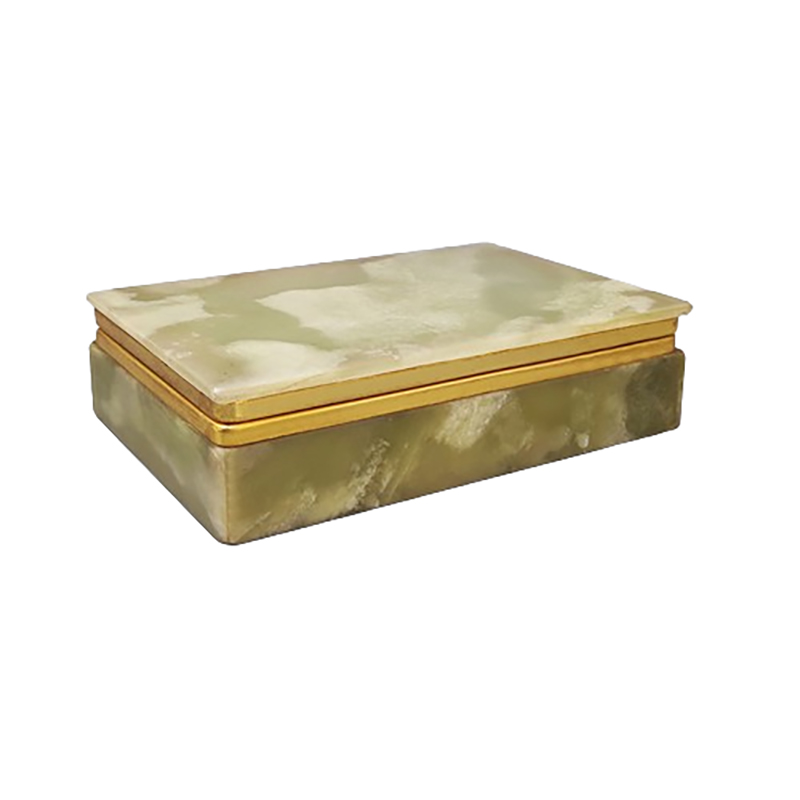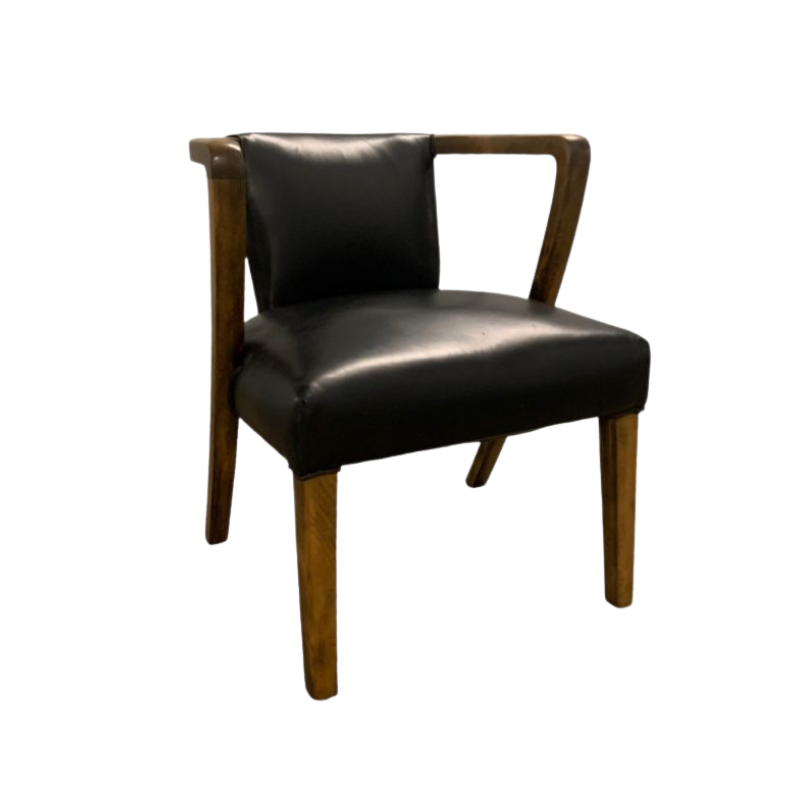This Guimard table looks like its going to get up and run away at any moment. Aside from perhaps art deco, what would this look have been called?
Jugendstil
Looks very Jugendstil, maybe he spent some time in Austria-Hungary.
http://en.wikipedia.org/wiki/Jugendstil
Yes
Jugendstil -- or l'Art Nouveau, as it was known in Paris and thence in English. The flowing, biomorphic forms are in distinct contrast to the later and generally more geometric Art Deco. . .
Giumard was a principal proponent, an architect who often furnished his buildings with appropriate pieces like this one -- gorgeous interiors wrought of wood, metals, ceramic, glass and stone, all in the mode of this charming little table.
Very much so...
The DA format does not allow for broad historical descriptions but the short version is:
"Jugendstil" or "Art Nouveau" were both a rather complex reaction to the Arts and Crafts mouvement. On one hand they supported the idea that products should be based on the skills of craftspeople (as opposed to industrial production) on the other hand they disliked both the "spiritual" background and the subsequent return to a late mediaval style as promoted by the neo gothic arts and crafts mouvement. The new basis became a exploration of the "natural" shapes as found mostly in the vegetabal world. It required highly skilled people to produce them but it had no religeous connotations and "nature" at the time was seen as a rather universal value with universal form language. William Morris himself had of course played a lot with natural themes but the his botanical scope did not exceed the British isles (oak leafs etc.) whereas the Jugendstil mouvement looked at nature in a far more abstract way. They looked at the way natural transitions are made, how curves evolve according to the weight of stems, fruits and flowers were hardly considered "Art nouveau" but the way their weight influenced the shape of the curve of a stem, was a big source of inspiration. The hope was to find a form language in man made objects that would be a continuation of the natural world. It coincides with a number of nationalist mouvements (both political and cultural) and a first breakthrough for the internationalist (economical) mouvement with the opening of world fairs. In doing so, the mouvement showed a strong need for "national" expression but at the same time it spread quickly because of a hight level of competition. The first commissioner of the world fair in London said: "..Some may call it the beginning of free trade, but it really is the beginning of limitless competition..." The result is of course that contrairy to the Arts and Craft mouvement, which was typically "British", almost every European country claims to be the birthplace of the Art Nouveau
If you need any help, please contact us at – info@designaddict.com









